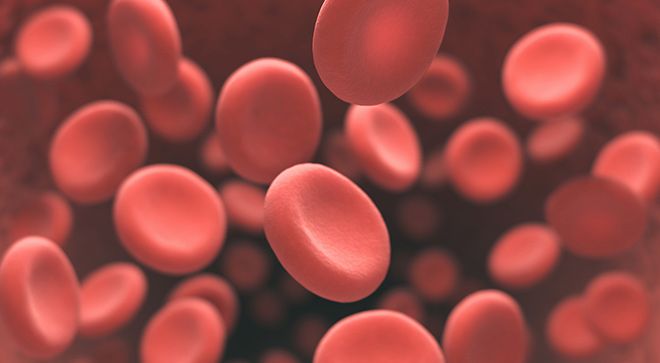Article
Potential Genetic Target Found for Treating Pediatric Leukemia
Author(s):
Scientists have identified a potentially valuable genetic target in children with acute myeloid leukemia that could lead to further studies in immunotherapy drugs for the disease.
Mesothelin (MSLN), a known therapeutic target in solid tumors, was found to be expressed in children and young adult patients with acute myeloid leukemia (AML) and holds promise as a diagnostic and therapeutic target, according to a study published in Blood Advances, a journal of the American Society of Hematology.
“What prompted us to look into different options was that the current treatment that these children have is chemotherapy, which kills normal cells as well as the cancer cells,” said Sonali Barwe, Ph.D., a research scientist at the Alfred I DuPont Hospital for Children and a lead author of the study, in an interview with CURE®. “And a lot of times it's a struggle between killing the cancer and killing the patient.”
Other treatments such as stem cell and bone marrow transplants have toxicities and long-term side effects in children, Barwe added. “So therefore, it was necessary to find some therapy that will specifically kill just the leukemic cells and will not harm the normal cells in the bone marrow, and also the other normal cells in a growing child.”
Targeted and immunotherapeutic strategies hold promise as potential treatment strategies to improve survival and reduce toxicities in patients with AML, according to the study. Expression of MSLN (which is absent in normal hematopoietic cells) in a patient with AML can help identify therapies to attack the cancer cells.
“Having mesothelin does not mean you have a poorer prognosis or a bad outcome,” said Barwe. “So it’s just a good thing, having it only is good news, you're able to take advantage of these specific therapies.”
For their analysis, the researchers collected diagnostic samples from 2,051 pediatric patients (ages 1 week to 25.59 years) with de novo AML, meaning this diagnosis is the first occurrence of AML in the body. They identified MSLN to be highly overexpressed in 36% of AML patients, regardless of age, using large-scale next-generation sequencing efforts.
“MSLN is an ideal therapeutic target in AML because leukemic cells may be targeted with virtually no hematopoietic toxicity,” the authors wrote.
The researchers also demonstrated target-dependent killing of MSLN+ leukemia in vitro and in vivo (outside of a living organism and within, respectively). They also demonstrated that MSLN targeting with antibody-drug conjugates, or highly targeted biopharmaceutical drugs, can be improved in AML using a DNA-damaging payload of small molecules or cellular toxins, protein toxins, proteins, enzymes and radionuclides.
“This is just opening the door slightly, that we identified one target, but definitely more studies are ongoing to identify other specific targets,” said Barwe.
The knowledge of MSLN expression in pediatric AML may lead to the availability of immunotherapy options, said Barwe.
“There are, off the top of my head, five or six different types of ways in which you can activate the immune system of the patient so that it will specifically recognize the tumor cells and kill those cells,” said Barwe. “So you're trying different methodologies for activating this immune system. And it is it is really exciting in the sense that it's working. My forte is preclinical models, so it's working very well in the preclinical model. We are excited to make it reach further into clinical trials and see how it works in children.”
For more news on cancer updates, research and education, don’t forget to subscribe to CURE®’s newsletters here.





